Intro To 'reboot' Command In Linux
2024-09-24 - By Robert Elder
I use the 'reboot' command to reboot my computer:
reboot
Reboot On Command
Here, I have a message that asks me to restart my computer in order to apply a critical firmware update:
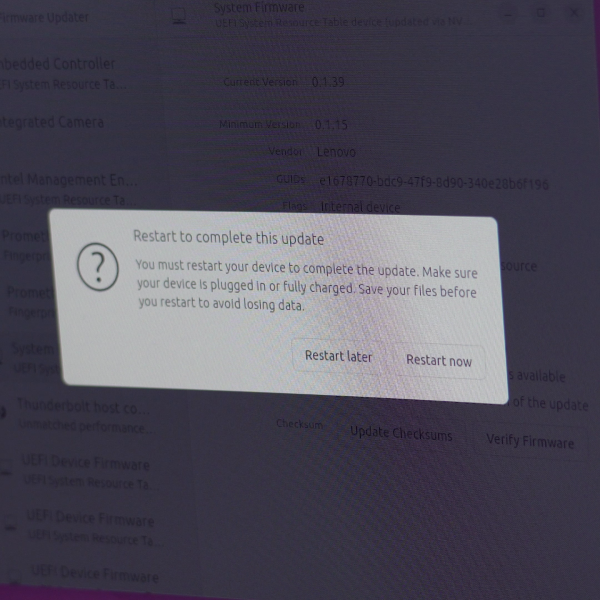
However, if I have an important document that needs to be saved, I might not be able to reboot immediately. Instead, I can save the document and then issue an explicit 'reboot' command at a different time:
reboot
'reboot' Vs. 'halt' Vs. 'poweroff'
On platforms that use systemd, the reboot command is similar to the 'halt' or 'poweroff' commands, which all accept the same arguments.
According to the man page, these three commands provide the same functionality as the using the 'systemctl' command with the respective verb:
...
systemctl(1) verbs poweroff, reboot, halt provide the same functionality with some
additional features.
...
systemctl poweroff
systemctl halt
systemctl reboot
The redundancy that exists in these commands can be attributed to historical compatibility with the System V init system. Reading elsewhere in the man page for 'reboot', it says:
...
These commands are implemented in a way that preserves basic compatibility with the original SysV commands.
...
For further information on this topic, research the SysVinit process:
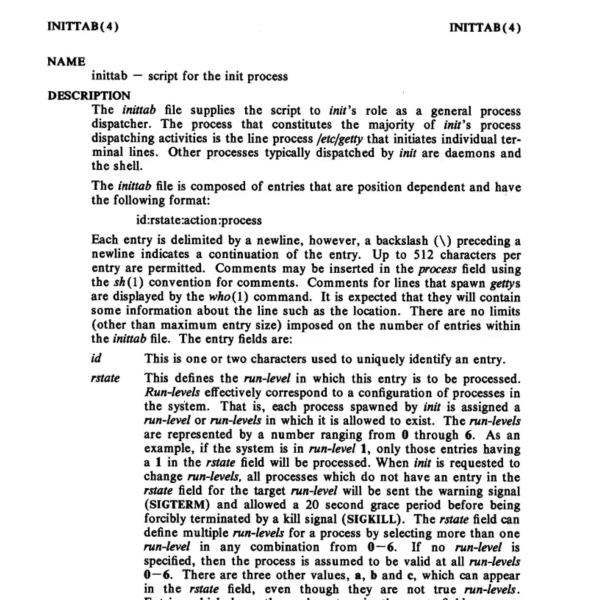
And that's why the 'reboot' command is my favourite Linux command.
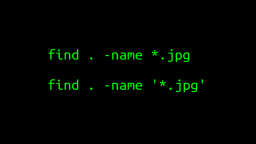 A Surprisingly Common Mistake Involving Wildcards & The Find Command
Published 2020-01-21 |
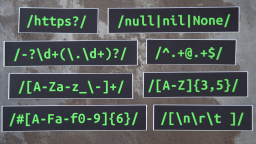 Buy Now -> |
 A Guide to Recording 660FPS Video On A $6 Raspberry Pi Camera
Published 2019-08-01 |
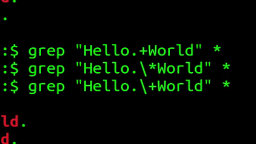 The Most Confusing Grep Mistakes I've Ever Made
Published 2020-11-02 |
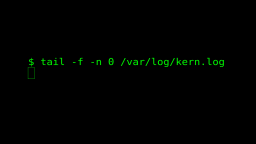 Use The 'tail' Command To Monitor Everything
Published 2021-04-08 |
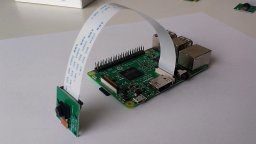 An Overview of How to Do Everything with Raspberry Pi Cameras
Published 2019-05-28 |
 An Introduction To Data Science On The Linux Command Line
Published 2019-10-16 |
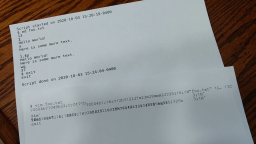 Using A Piece Of Paper As A Display Terminal - ed Vs. vim
Published 2020-10-05 |
| Join My Mailing List Privacy Policy |
Why Bother Subscribing?
|